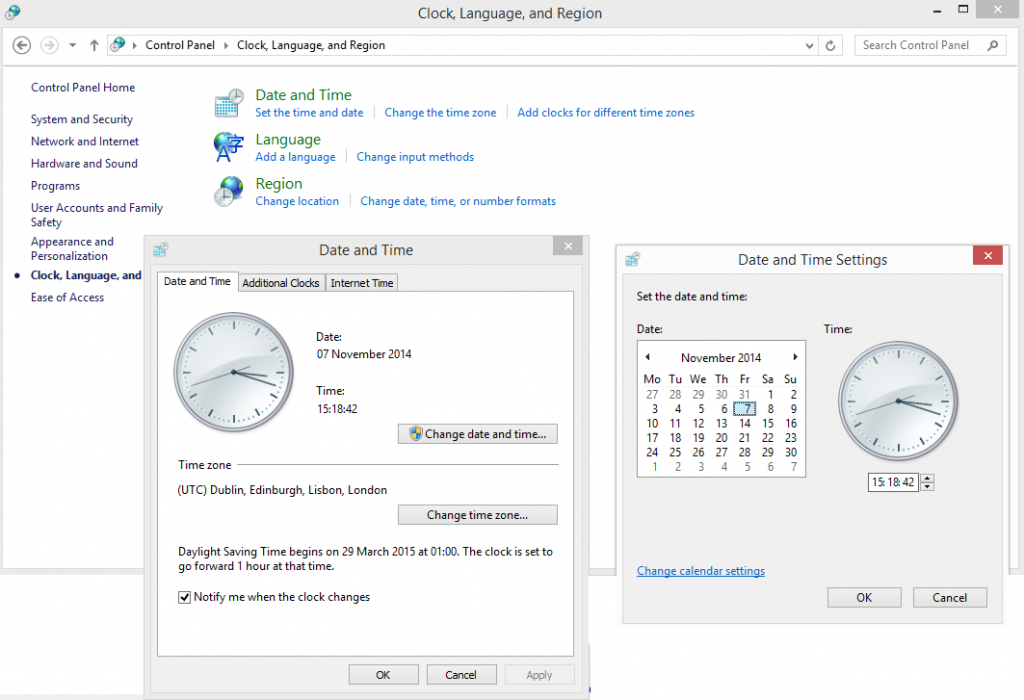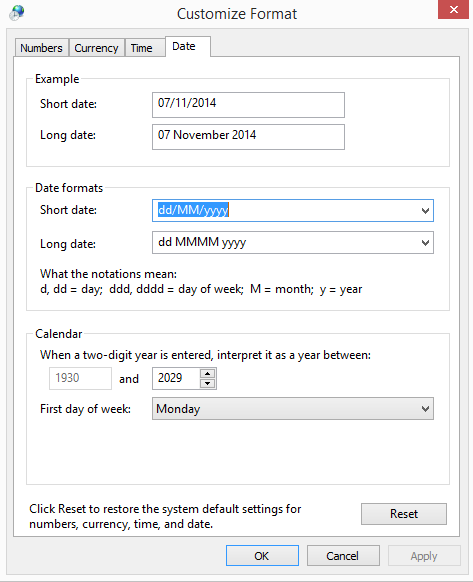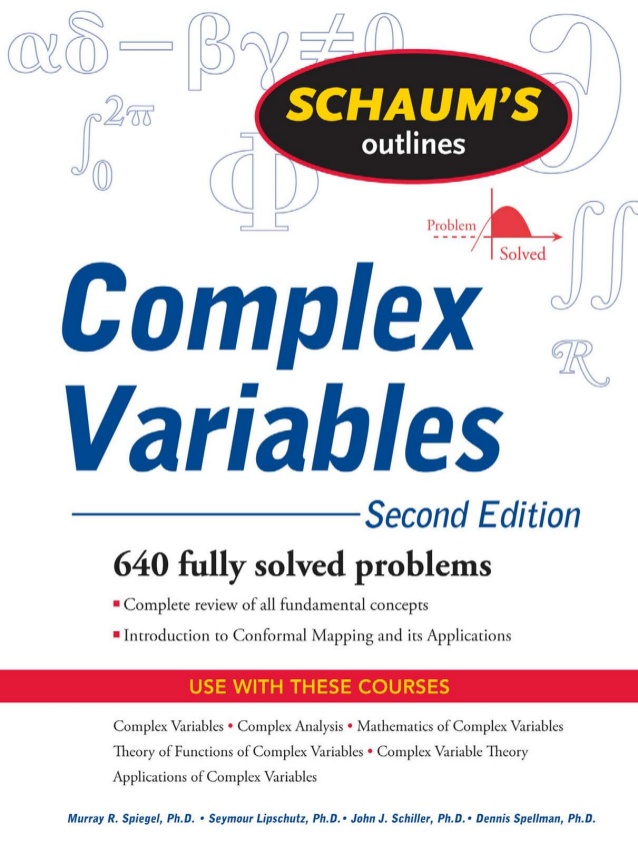
A list of points I should remember to ask when doing ongoing system development, total re-design or external purchase.
For alternative systems rank both existing and new and compare.
Collection of facts is as objective as I could make it – interpretations and consideration as ever is subjective.
I have my own self built project software that records most of these points. The users and user roles is particularly useful my home baked pm software is integrated into my contacts which means if individuals titles and contact details change then the details below are automatically updated.
1. Name of system
2. Version number
3. General Description of the system (written)
4. Date of Creation
5. Name of Creator along with contact details
6. Name of Administrator along with contact details (If different from Creator)
7. Name of the person responsible for backing up the system
8. Backup description
9.Names of existing users – should include administrators and creator
(Name – Organisation Position – e-mail – contact no – approx time used per day – Method of access – Role in system – Description of tasks carried out – Machine tag numbers if required)
10.Names of potential future users
(Name – Organisation Position – e-mail – contact no – approx time used per day – Method of access – Role in system – Description of tasks carried out – Machine tag numbers if required)
11. Operating system runs on (Windows / Linux / Mac / Wine) If Linux please indicate distro
12. Backend Database type (SQL Server, Oracle, MS Access, Filemaker Pro, Omnis, Fox Pro, DB2, MySQL, PostGres, PostGIS, VoltDB, MongoDB, NoSQL)
13. – unc name of database server(s)
14. – unc name of web server(s)
15. – Important directories on particular servers
16. – name of backend database
17. Has the application been designed specifically to allow for geo referencing ( This is not a question as to whether the back end is spatially enabled ) – (Yes / No)
18. Front End technologies – list
19. Main programming languages
20. Is this a client facing system (Yes / No)
21. Could it be a client facing system (Yes / No)
22. Do individuals presently access this from mobile phones (Yes / No)
23. Do individuals presently access this from tablet devices (Yes / No)
24. Is the information available to the general public if they make a freedom of information request. ( Yes / No )
25. Please indicate the information in the system that would not be distributed even if someone requested it. [Description]
26. Is there a statutory requirement to keep this information ( Yes / No)
27. Was the system originally internally or externally created (Internal / External)
28. Capital cost of original construction (if relevant)
29. Estimated annual revenue cost of system ( not interested in wages of individuals only interested in actual costs paid to outside bodies )
30. Can we get a table structure of the system complete with all field names and field types. (Yes / No) – Please attach if yes
31. Is the process unique to the organisation( Yes / No )
32. How often is the design of the system altered ( As and when required, Changes are batched and pushed through periodically, Only in exceptional circumstances, Never)
33. Who can request changes to the system ( Anyone , only management , there is a working group of disparate users who request changes to an outside company , pretty much no one)
34. If that is an outside company makes the changes how often is that done (monthly, yearly, very rarely, never)
35. Are users presently happy with the system ( Yes / No )
36. Are management presently happy with the system ( Yes / No )
37. Any obvious other systems it could be combined with (No – Yes please list)
38. How is performance (Very good, Good, Adequate, Poor, Very Poor)
39. Can you list other organisations that use the same software (No, list of organisations)
40. Lastly where do you consider the application to be strong and where weak and do you have any specific proposals that could significantly improve your interaction with the system. [description]










